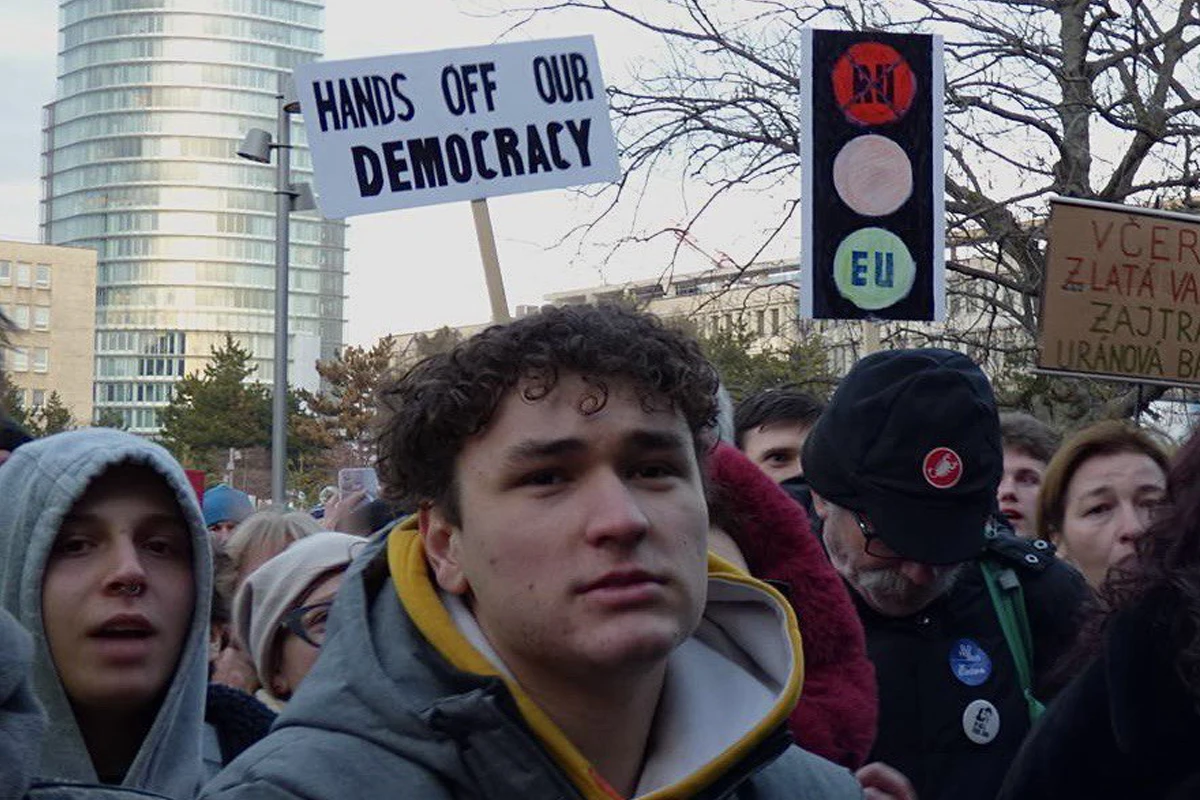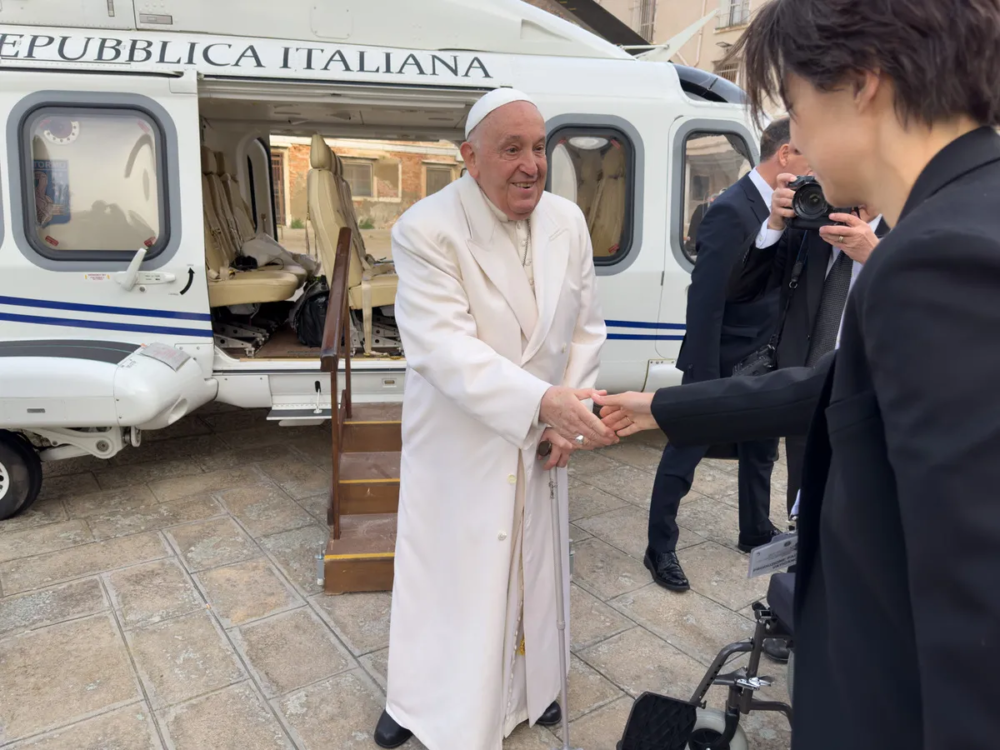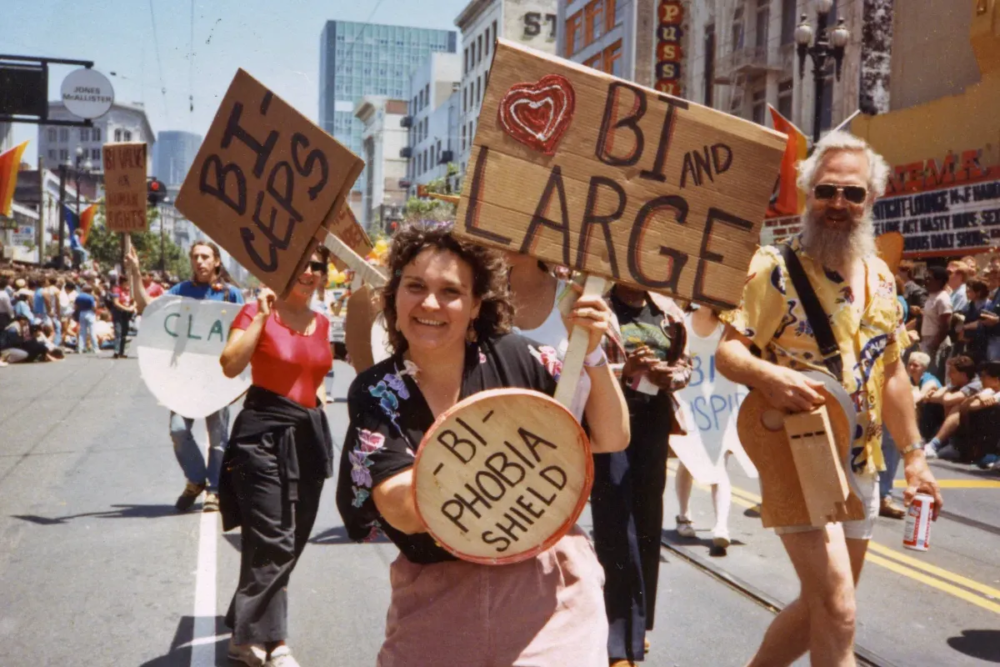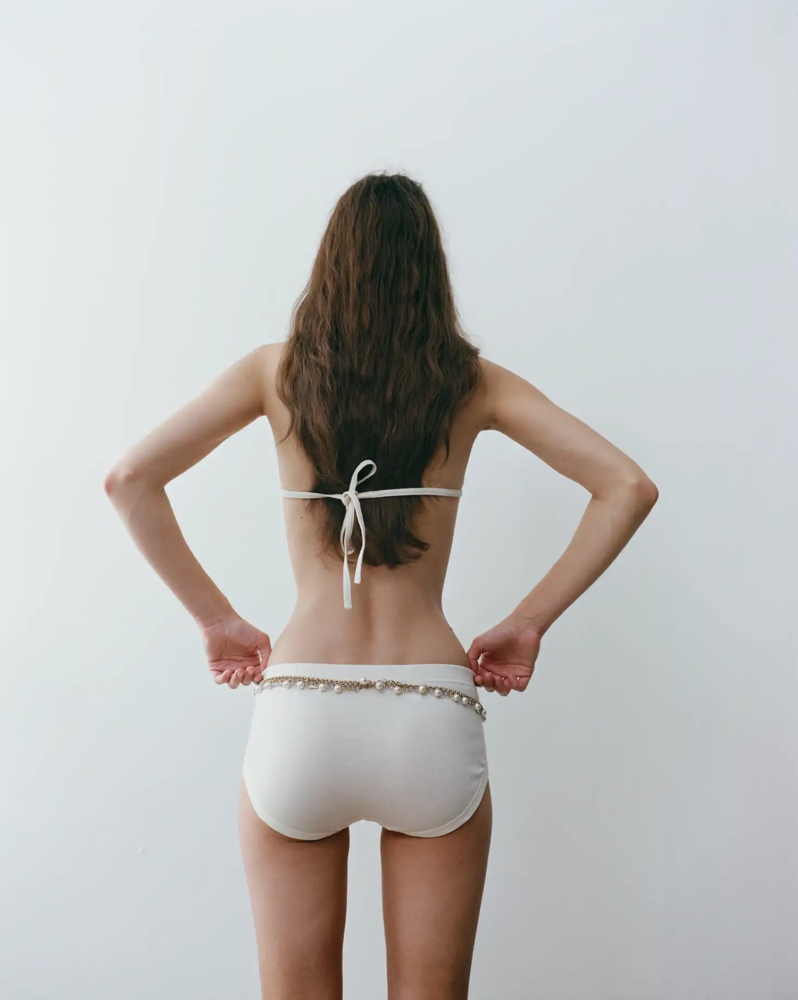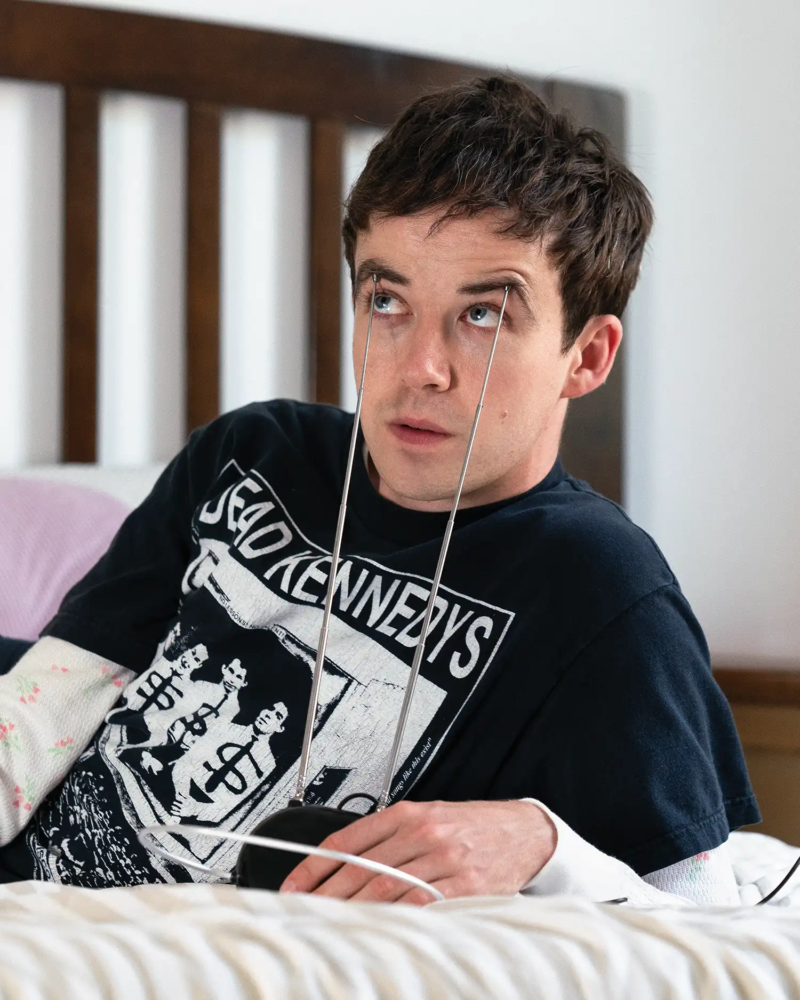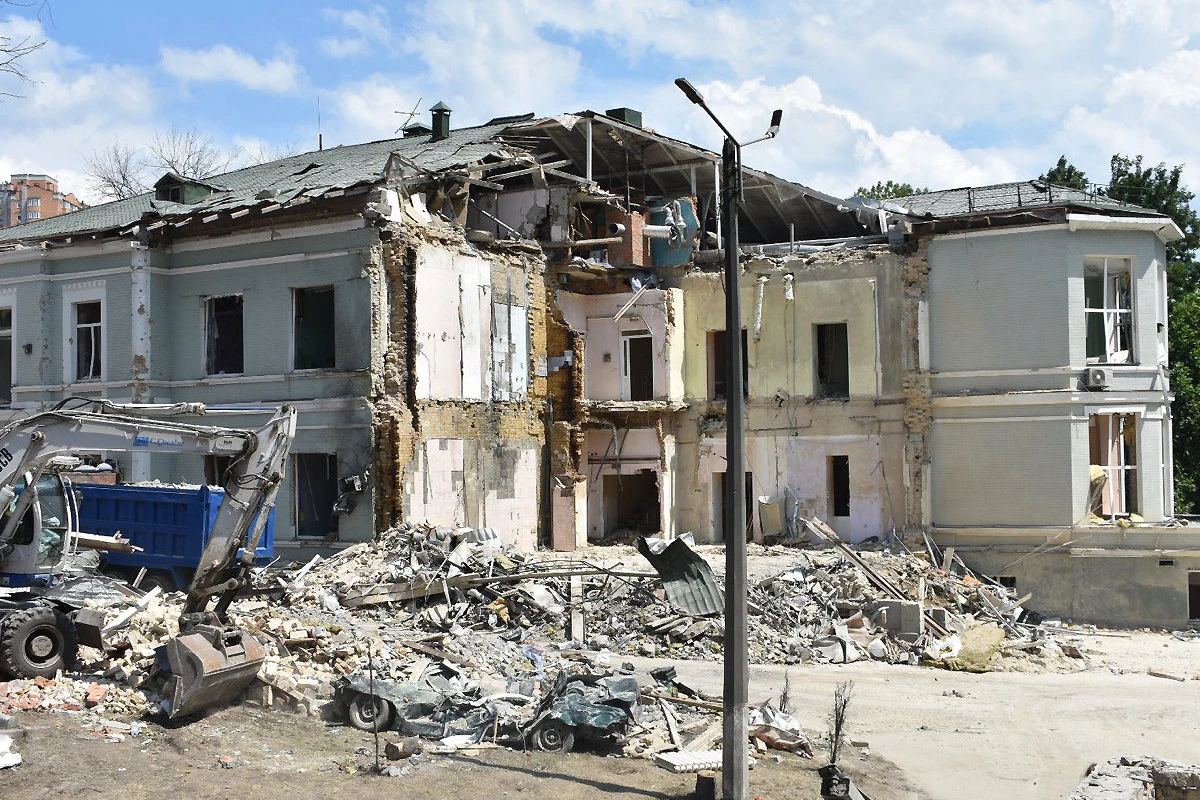
Ukraine, Georgia Slovakia and post-soviet heritage
Ukraine, Georgia Slovakia. Three different countries, at three different stages in the relationship with Russia. Ukraine, Georgia Slovakia: War, Protest, and Dissent
War in Ukraine: two old-fashioned powers facing each other
Slovakia and Georgia, with their protests and new youth movements sparking a powerful flame, are interesting to look at – to give a different interpretation to the Russian Ukrainian war. Traditionally and geographically within Russia’s sphere of influence, but looking West.
From Ukraine: war, contradictions
In February 2024, coming out of the Maidan Square metro station, a few dozen people are protesting with banners and blue-and-yellow smoke flares. Among them are some soldiers, but most are women—mothers and wives of fighters who went missing on the battlefield and from whom they have had no news for months. They demand answers from the Zelensky government, urging investigations into whether their loved ones are still alive, if they have escaped, or if they are prisoners in Russia, calling for their release. Next to the demonstrators, on one of the big flower beds, hundreds of Ukrainian flags flutter in the wind. Each day, more flags are planted in memory of those who have died at war. One year later, over a thousand days since the start of the full-scale invasion, hundreds of families still have no information on their missing relatives, and the number of flags in Maidan Square has nearly doubled.
The bloodiest war: Ukraine and the Trump wild card
According to the Wall Street Journal, the total number of Russian and Ukrainian casualties—both killed and wounded—topped one million. While an exact count remains difficult, this is without a doubt the bloodiest European conflict since World War II. Three years after Russian tanks advanced toward Kyiv, peace negotiations remain elusive. Now, with newly elected President Trump forging close ties with Vladimir Putin, Ukraine finds itself increasingly isolated, struggling to hold on.

From Maidan to Donbas: protests sparked it all
Maidan Square is a defining symbol of this war—it all began there. The protests against then-President Yanukovych decisions, Ukraine’s shift away from the European project, the violation of the Budapest Memorandum, and the annexation of Crimea set everything in motion. Protest itself – as varied, contradictory and multi-layered as it was – has been a central element of this conflict. It started from the root – rough and real, as young political energy.
Pavlo, now a soldier in Donbas, was a 20-year-old student when he joined Maidan. «At first, it was peaceful, then things escalated. I was arrested, beaten, my documents were taken. Since I couldn’t walk, they put me in an ambulance. A group of protesters managed to free me, and I escaped, » he recalls, showing me a photo of his arrest taken by a journalist.
In his room in one of the operative units in Donbas, a guitar and colored vinyl records hang from the walls and ceiling. «This is my art therapy, » he explains, «I paint a base layer of color, then cover it in black before scraping away and washing the top layer to reveal the image beneath. Each piece is unique—it’s a metaphor of what we’re living through».
Geopolitics: «Just like a Football Game»
When Russia launched its full-scale invasion in 2022, Pavlo didn’t hesitate—he packed a bag and volunteered. «I knew that anywhere else, I’d feel like I wasn’t doing my part. But back in Maidan, I should have realized that Ukraine’s resistance would inevitably turn violent—I just couldn’t imagine it then». For those like him, fighting for three years, the words peace and victory have become inseparable. «It’s hard to imagine freedom and security in a compromise with Russia». He pauses, then continues: «The world political game has rules. I like to think of it as the football game. If two players clash, it’s not just about them—it’s about the entire team. We are fighting for our survival, but this isn’t just about our values. Our defense should matter to every other player in this game. And the hardest truth to accept? We are alone. Now, we are truly alone».
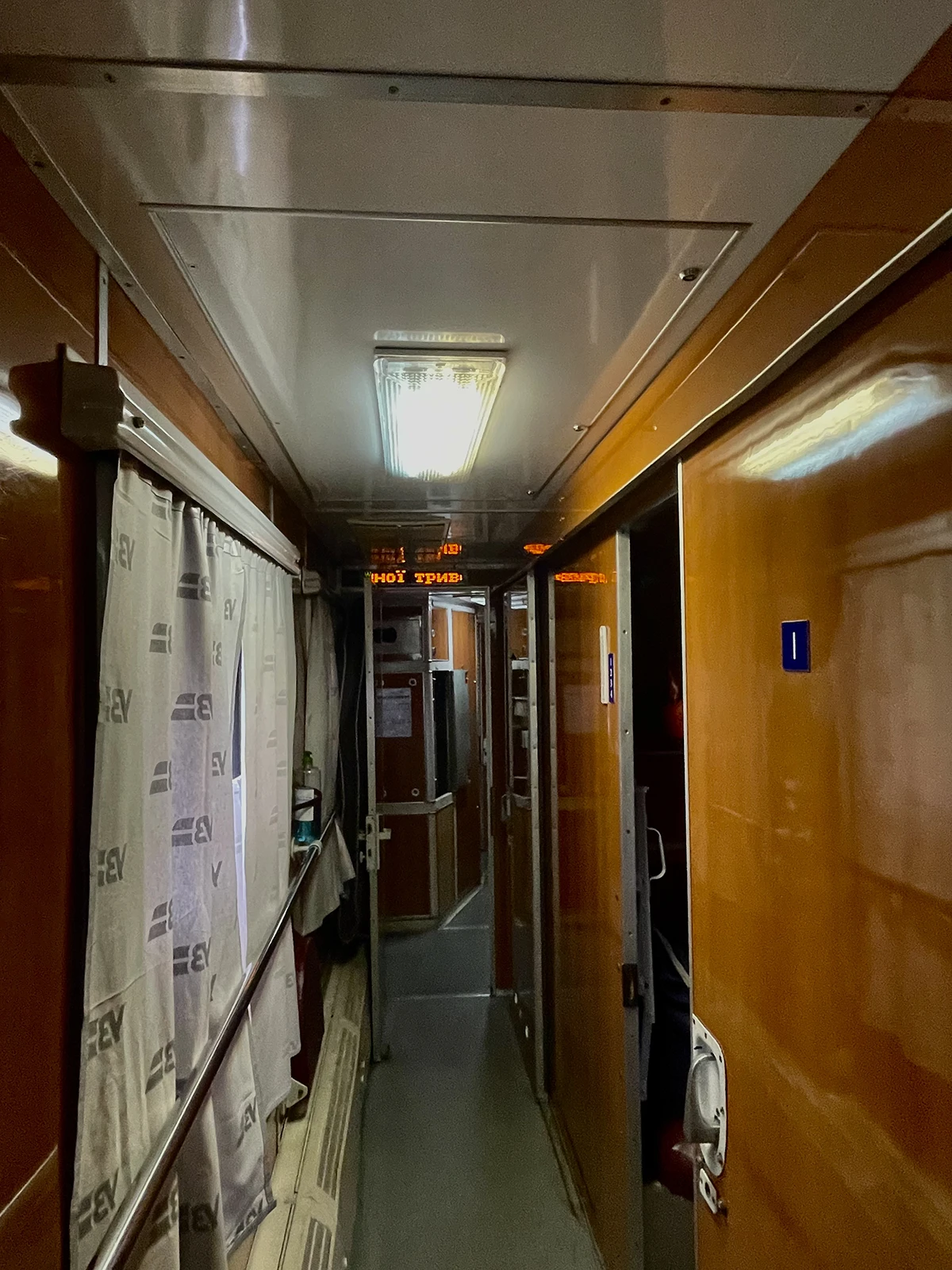
Alliances change; suffering remains: Ukraine war
Yet, in a profit-driven world, loneliness often depends on the resources you have – and can bargain. With the Trump wild card now in the game, the balance is changing. And the rare earth minerals offered by President Zelensky to Trump look more and more like a bargaining chip. Back to the old Empires way, mercy is shown to those who can offer. And so, alliances might change. With the role of the EU to be still identified clearly.
What remains the same is the suffering, division and devastation war brings along. It is everywhere you look. Birth rates dropping, inflation spiking, women and children becoming either internally displaced or – at best – refugees in other countries, men at the front, the elderly pushed out of their homes. Thus, young generations pay a high price: the lack of perspectives for the years to come, whatever the outcome of the war. The stories of Pavlo along with the other students storming the streets in the days of Maidan with the belief of a different future, feel like a distant echo.
Georgia – the fight of a generation
Georgia has a long history of being a land in between – crushed between pro-EU stances and its cumbersome neighbor. Contrary to Ukraine, where war has taken over every aspect of life, in today’s Georgia seeing young people in the streets, sparking a political fight against their government, is still the norm. Especially in the past year. People first took to the streets in the capital Tbilisi last spring, to protest a so-called «Russian law» or «law against foreign agents». It happened again in autumn, when the fight also became intergenerational, after much-contested elections. Protests are still going on every night after more than 80 days. On February 24th, a huge blue and yellow flag was unfolded by the crowd.
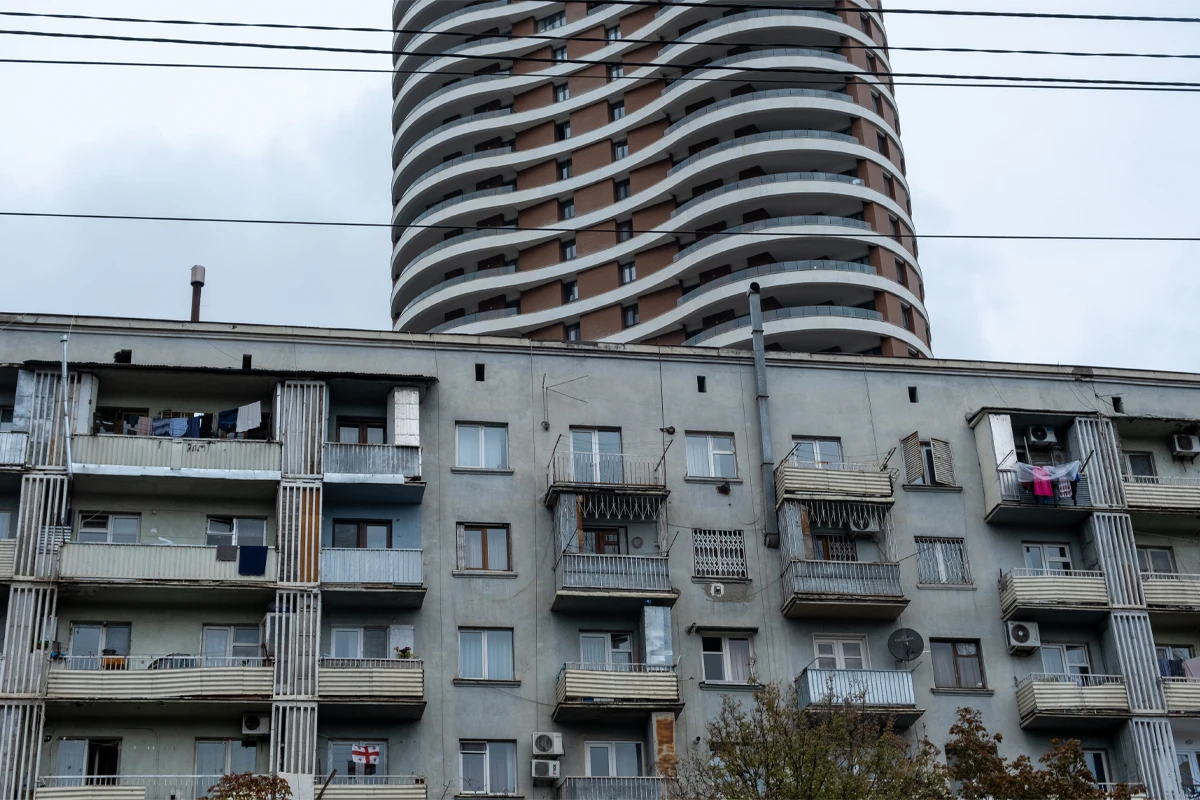
Georgia and Ukraine – similar, rough journey
The symbols and history the two countries share are many. «Look at what is happening in Ukraine, » Giorgi Arziani, co-founder of Think tank Tbilisi School for Social Research comments: «the situation here is just the same, we have also been invaded by Russia». He refers to the occupation of the separatist regions of Abkhazia and Tskhivali (South Ossetia) both backed by Russia – and to the war of 2008, when Russian troops also occupied a number of Georgian cities. «I was just a kid, » Giorgi told me, as we were driving to Ergneti, the village he is originally from, now on the border with South Ossetia «but I remember it well – when Russian tanks arrived in out village, we had to hide for days and then run away».
The fireworks protests – Tbilisi on fire
Fireworks have sparked the streets of Tbilisi for months now in a guerrilla-looking series of protests made of masks, colorful beanies and ski goggles. I met university student Zviad Tsetskhladze, co-founder of youth movement Dafioni in front of the Georgian parliament – military trousers and a megaphone in his hand: «The EU has to understand that they are dealing with a dictatorship, » he told me among the crowd «and when democracy is not working you need stronger methods if you are in a dictatorship and want to achieve democracy in the future». Tsetskhladze fought with the Georgian troops in Ukraine. Tsetskhladze was arrested in December and risks six to nine years in prison for charges linked to organizing the protests.
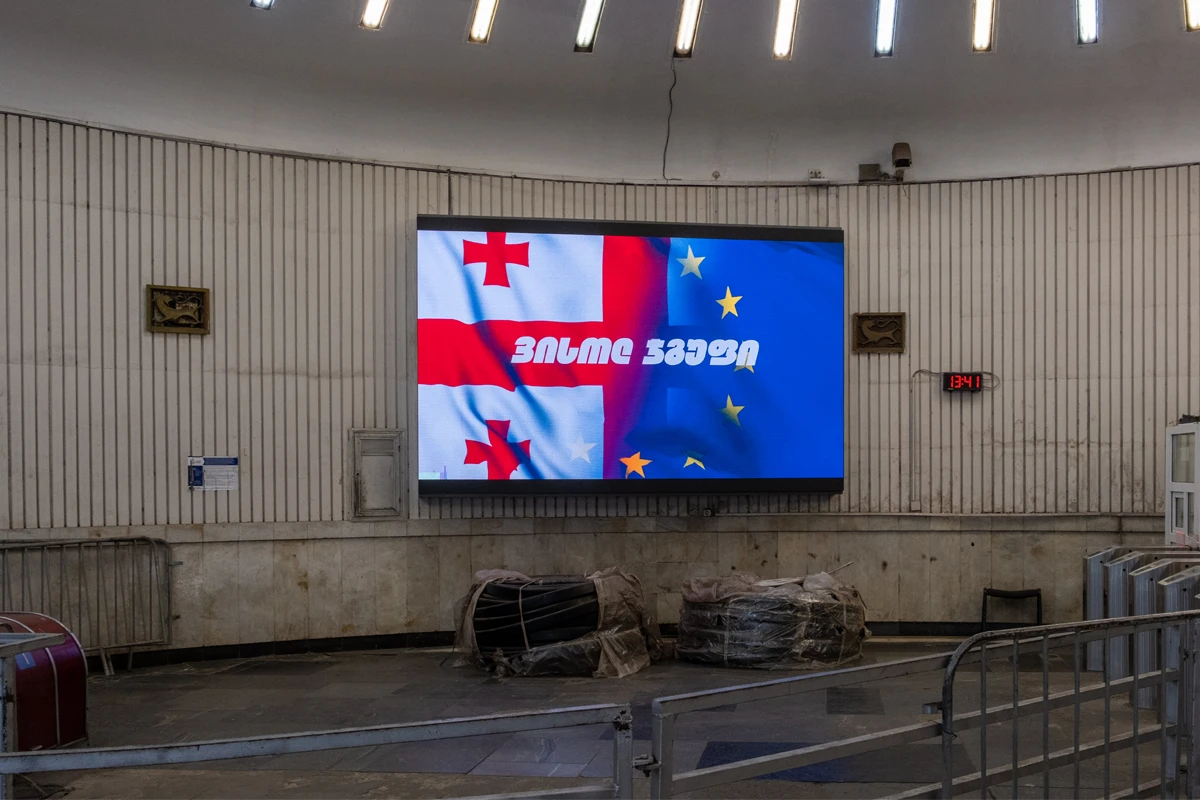
Not that united – Georgians divide
The situation is not as compact and one-sided as it may seem from abroad – the media playing a part in a portrait that isn’t always that accurate. Internal divisions are many more and harsher than it often comes across. First, between people in the streets and the oppositions, who have often appropriated the protests – « I do not feel represented by the opposition – none of the GenZ does, » confirms Tsetskhladze, «because we see that the opposition has no idea what to do and they did nothing to protect the elections either». Then, there are the broader internal social divisions – among those who protest and those who choose not to. One way or the other, Georgians are looking to the EU, where they see their future – and so does Georgia. So much so that the European path is written into their constitutions and seems to be the only principle that even Georgian Dream’s current government – leaning towards Russia more than the past ones – cannot discuss.
The case of Slovakia
Slovakia already walked the European path. After gaining independence from the Czech Republic in 1993, the small central-European country fully embraced the European project, officially joining the EU and NATO in 2004 and 2002. Since mid-December, its capital, Bratislava, along with other major cities, has also witnessed numerous protests involving thousands of participants. The latest one, held on Friday, February 21, saw an estimated turnout of over 100,000 people. The unrest follows the same anger against Moskow.
This wave of protests began after Prime Minister Robert Fico’s visit to Russian President Vladimir Putin shortly before Christmas. Despite Slovakia having benefited from EU membership and neoliberal policies since 2004, it remained dependent on Russian gas for its energy supply, primarily through the Kremlin-backed energy giant Gazprom—at least until 2022.
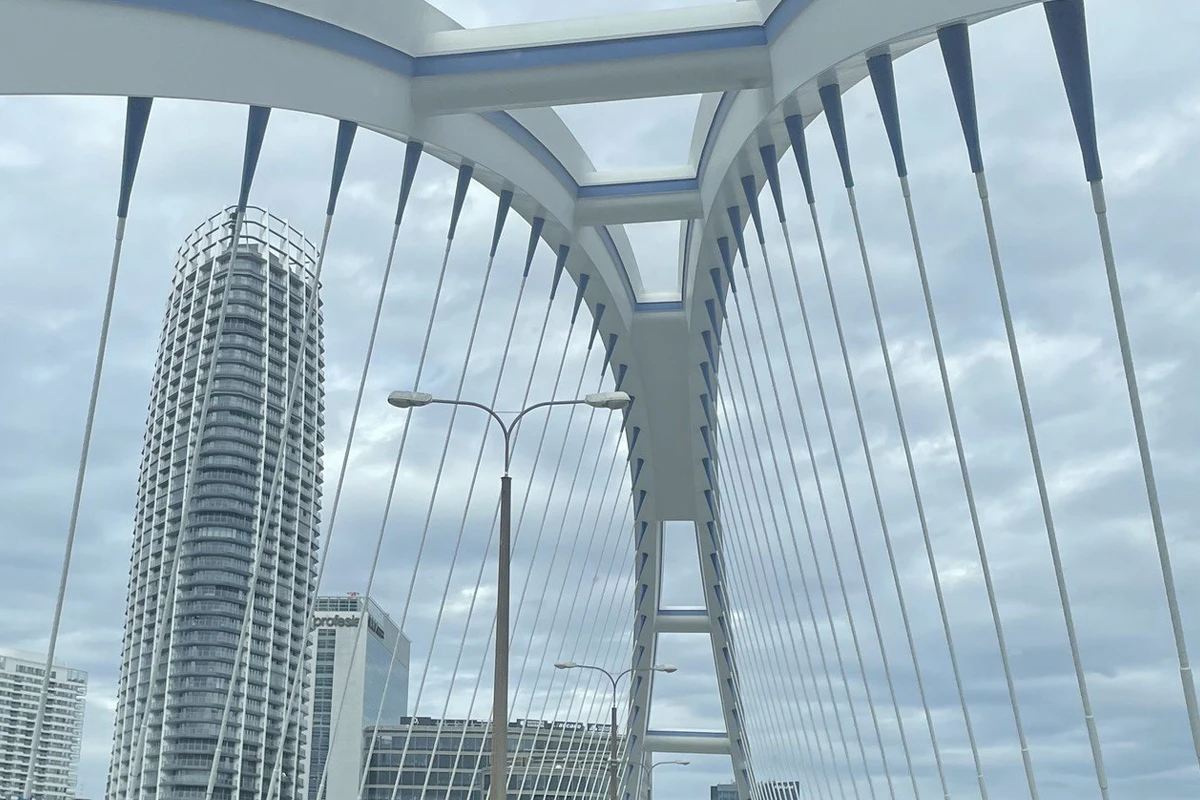
«I am not here to walk hand with hand with President Zelensky»
In 2022, Slovakia had expressed full support for Ukraine. However, since the election of the euroskeptic and pro-Russian Fico in 2023, this support has weakened. The breaking point came on January 1, 2025, when Ukrainian President Volodymyr Zelensky refused to renew Ukraine’s agreement with Gazprom, effectively cutting off the flow of cheap Russian gas through Soviet-era pipelines.
In response, Fico issued harsh statements, declaring, «I am not here to walk hand in hand with President Zelensky, » and threatening to halt all military and financial aid to Ukraine. Furthermore, the vice president of Fico’s parliament, Tibor Gašpar, stated that Slovakia is considering leaving the EU.
The neighbor’s war
Due to its geographic proximity to Ukraine along its eastern border, the Russia-Ukraine war has had a impact on Slovakia. By the end of 2022, it was estimated that at least one million Ukrainians had sought refuge in the country. While there are no precise numbers on how many have permanently settled in Slovakia, estimates suggest at least 100,000 have remained.
«My father worked for a car manufacturing company, and one of its branches is here in Bratislava, » says Marina, a 19-year-old who fled from Kharkiv to Slovakia in February 2022, with her mother and younger sister. «Some of his colleagues helped us find a place to stay, and we’ve been here ever since. I enrolled at university here and learned Slovak which is similar to Ukrainian. My father is still in Ukraine, but our life is now here».
These countries’ fates are deeply intertwined – and sometimes, political and humanitarian interests seem to overlap. In 2022, just months after the full-scale invasion began, several organizations funded by European and American sources were established in Slovakia, including «Mier Ukrajine» (Peace to Ukraine). This NGO has actively supported thousands of Ukrainians in Slovakia and Ukraine and has recently become involved in campaigning for democracy in Slovakia. Backed by the opposition Progressive Slovakia (PS) party, Peace to Ukraine is now the main organizer of the protests.
Slovensko je Európa – Slovakia is Europe
As we walk through Freedom Square, the crowd around us grows larger by the minute. The protest remains peaceful for now—young people, the elderly, and several families with children chant in unison:
«Slovakia is Europe, » «No more Fico, » «Shame» and «Treason».
«I’ll be turning forty soon, » says Peter, a researcher from Bratislava. «I still remember my father carrying me on his shoulders during the protests of 1989. This renewed Russian influence in our country frightens me—it’s like a blow from the past».
Peter explains that, in his view, Ukraine’s endorsement becoming such a central issue in Slovakia’s political landscape is not a drawback—quite the opposite. «I completely understand that (Slovak) opposition politicians are using this sentiment toward Ukraine to discuss our democracy. In the end, this is a political question. If Ukrainians weren’t protecting us, we would have the Russian army at our borders, and we would have to take this threat far more seriously.».
Pavel has worked as a truck driver for 25 years, traveling extensively across Ukraine and Russia. «These three countries, when you see them, are very similar to each other. I’ve asked myself whether sending weapons to Ukraine is the right thing to do. What I do know is that we cannot allow Russia to interfere in our country again. If the only way to prevent that is by siding with Ukraine, then that’s what we must do.».
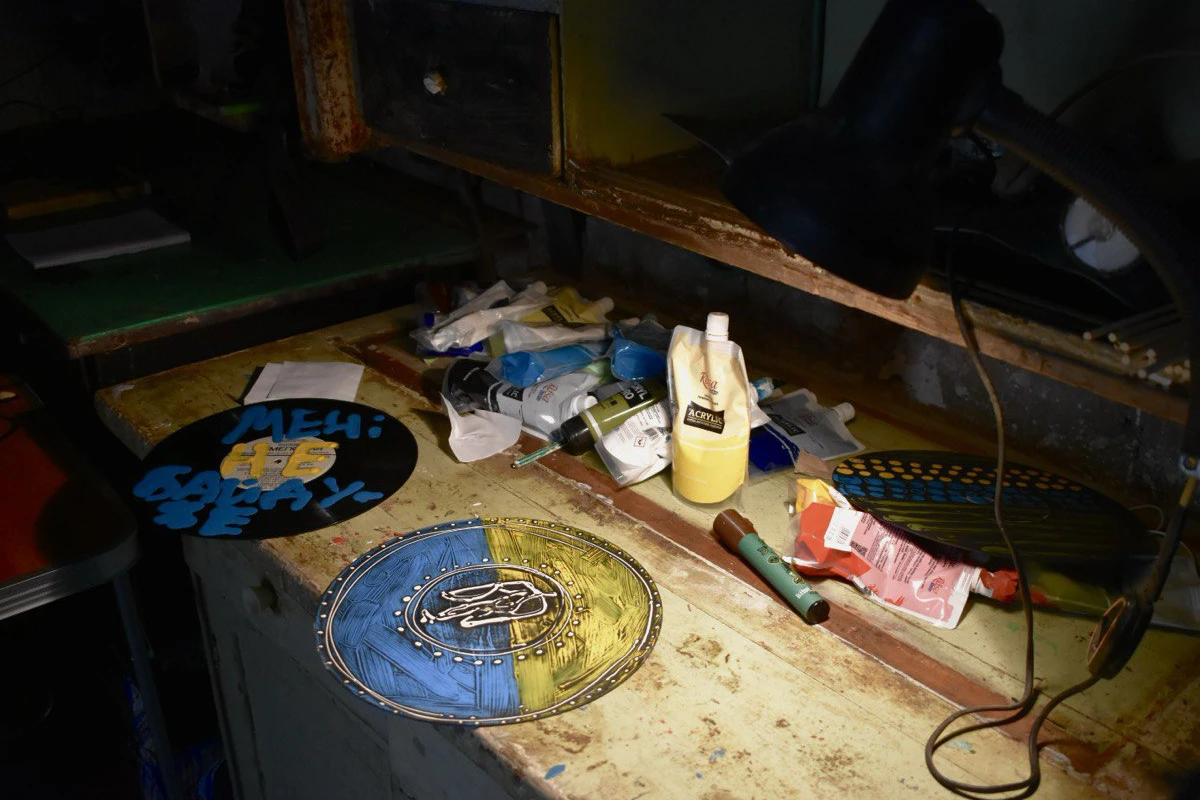
Between west and east
The question remains as to the attitude of Europe itself – as war and tensions in countries that find themselves in-between the EU and Russia continue. Support seems to be fluctuant, mostly based on the political convenience at any given time. World dynamics are changing quickly, and it seems like Europe is not always capable of keeping up. For Bruxelles, looking at the inner political situations of countries like Ukraine, Slovakia and Georgia – without ignoring their complexities – and forming strategic alliances with them, based on mutual knowledge and understanding, may be crucial. It might even give another actual chance to the European project.
Words and Photographs by Matilde Moro e Giulia Palladini
